Creating Audio Materials for EFL Teachers
Nowadays everyone can create audio-visual materials in professional quality. But the question is what materials we should create. The audio files, as we know them, contain a short text which students listen to and then they answer some comprehension questions. But is this the best audio which we can give to our students?
<!– wp:more –>
Unfortunately, there is very little ELT methodology that would suggest some other listening materials which would be helpful for our students. In this post, I would love to share several new kinds of listening exercises and I will show you how to make them. If you have any more ideas and suggestions for listening exercises please share them with me at rotreklzdenek@gmail.com. Thank you.
ADVERT:
[showmyads]
Creating Audio
What is this good for?
Thanks to this feature I can create the following exercises:
- rocketlanguages listening – As the name suggests, this exercise was inspired by rocketlanguages.com. Their lessons always contain a recording in the target language and then the phrases are explained and taught using the mother tongue. Students are asked to listen, repeat and translate various words and sentences and thus they learn the language of the original recording. You can see an example lesson in the video below (Even though the lesson is a video, it is based on the recording created in WavePad and it could work without the video too.)
-
- Read and repeat – by inserting silences into the original recording, you can have a great exercise where students read a text and listen to it. At the end of each sentence, there is a silence in which the students repeat what they have heard and read. In this way, they can improve their pronunciation. It could be used the other way round, too. Students read the text and then they listen and check whether they pronounced the words correctly. You can see both of the exercises in the following video.
- Zdenda listening – students hear a sentence in English, its mother tongue translation and then there is a pause in which they repeat the sentence in English. I have been using this exercise for several years, but I am not sure how useful it really is. You can hear an example below.
- Read and repeat – by inserting silences into the original recording, you can have a great exercise where students read a text and listen to it. At the end of each sentence, there is a silence in which the students repeat what they have heard and read. In this way, they can improve their pronunciation. It could be used the other way round, too. Students read the text and then they listen and check whether they pronounced the words correctly. You can see both of the exercises in the following video.
Dictations
Another kind of dictation is a simple gap fill. Students listen and write the missing words.
The third form of dictation I have been using is the receptive dictation. Students listen and they have two options and they say which sentence they heard.
Sound dictation is the last form of dictation I can think of. To create a quality sound dictation, you need a piece of software to help you mix two or more tracks together. For mixing I use the Audiodirector by Cyberlink. Normally, it is really expensive, but you can get a free copy with some specialized computer magazines or if you buy Powerdirector.
You can get free sounds at Freesound.org. Once again, the quality varies but some are awesome. To be able to share your creations, just make sure that you use CC0 sounds. You can hear my sound dictation below. There is a worksheet too.
Where do I get native speakers to record something for me?
www.Fivesquid.com is another site where you can find native speakers who will record anything for you. It is slightly more expensive and the delivery takes longer, but I loved the performance of EmilySBrooks123 there. It was perfect for ELT purposes.
If you do not want to spend any money on voiceovers, you can try Rhinospike. You place a text there and a native speaker will record it for you. To be able to download the recording you need to record some texts in your mother tongue in return or buy some credits. Unfortunately, the quality of the recordings varies a lot but it is for free.
Songs
Even though I doubt the usefulness of songs, I have created a few for my students. You can see them below:
If you think that I am really talented, think again. I just wrote the lyrics and I used the fiverr.com services again. I can recommend Douglas Haines who recorded several songs for me (The second song is by him).
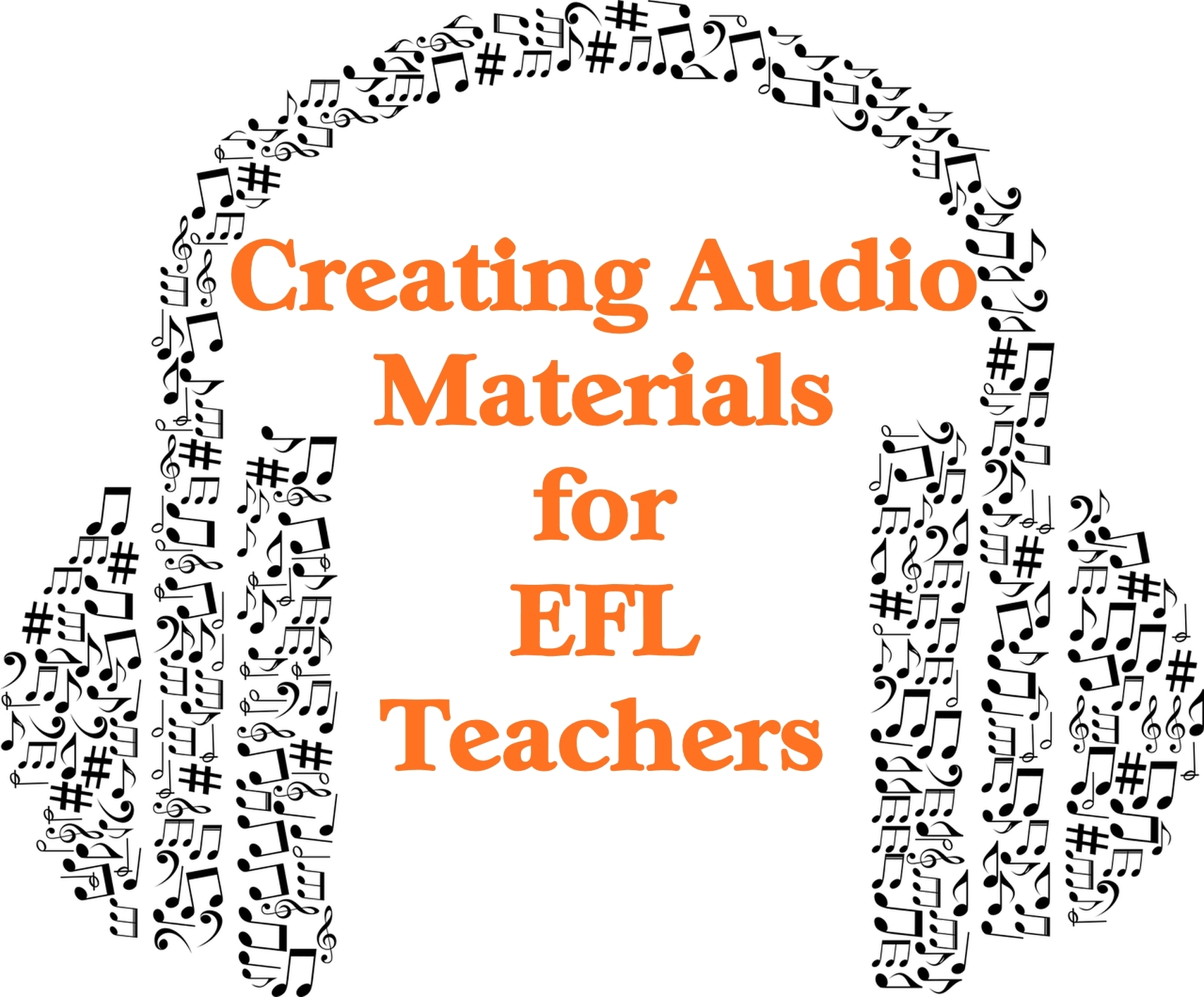
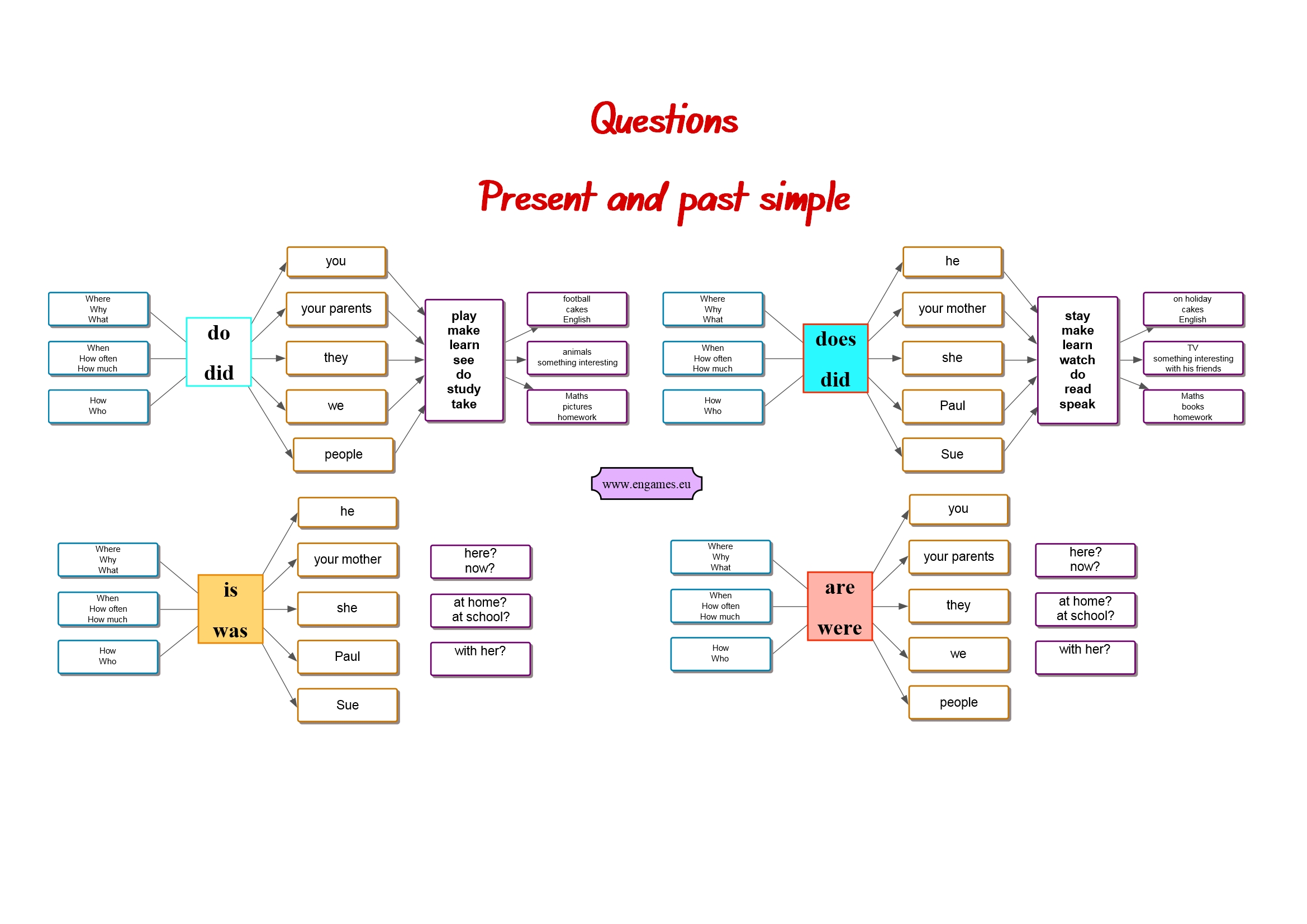

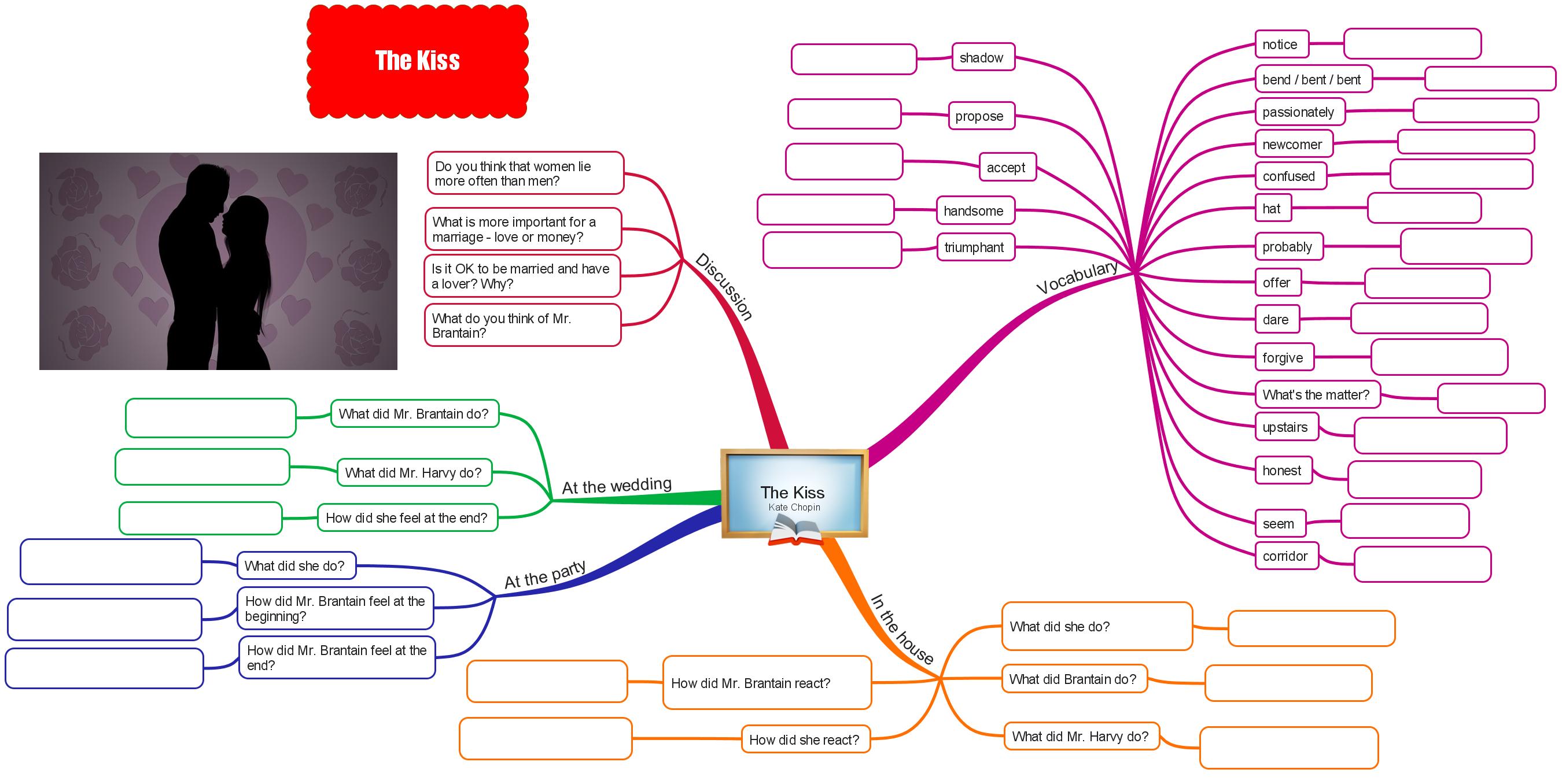
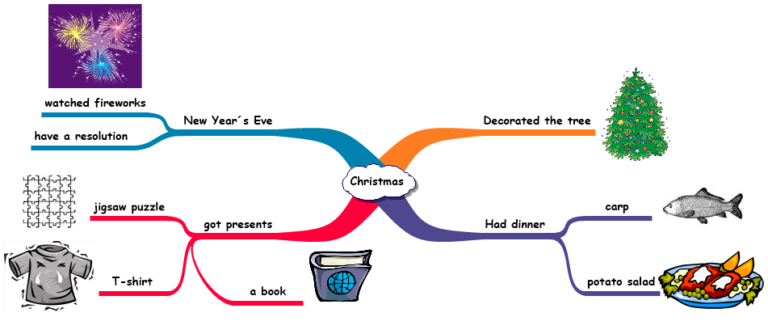

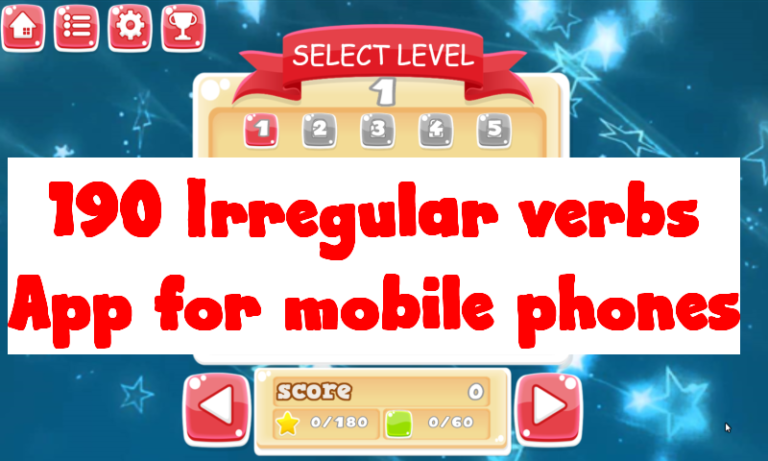
Thanks!! You’re awesome and very generous to share all your ideas!
Marisa